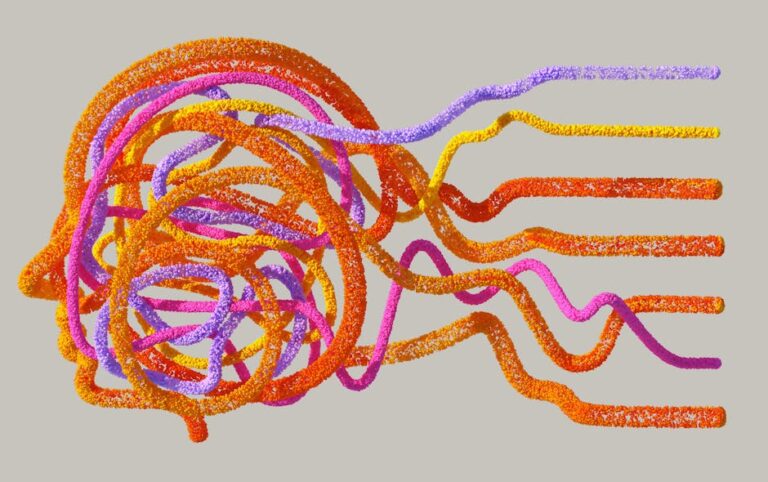Brain Dead: Understanding the Spectrum of Neurological Impairment
Brain Dead: Understanding the Spectrum of Neurological Impairment
The term “brain dead” evokes a powerful image – a complete cessation of brain function. However, the reality is more nuanced. Understanding brain death requires delving into the complexities of neurological function, the diagnostic criteria used to determine it, and its profound implications for individuals, families, and healthcare systems. This comprehensive exploration aims to clarify the meaning of brain death, demystify its assessment, and address common misconceptions.
Defining Brain Death: More Than Just a Coma
Brain death is not simply a coma or vegetative state. While these conditions represent severe impairment of consciousness and neurological function, they do not signify the complete and irreversible cessation of all brain activity characteristic of brain death. A person in a coma may still have some residual brain function, exhibiting brain stem reflexes or showing spontaneous breathing. In contrast, brain death indicates the irreversible loss of all brain functions, including those of the brainstem, which control essential life-sustaining processes such as breathing and heartbeat.
Key Differences Between Brain Death, Coma, and Vegetative State
- Coma: A state of prolonged unconsciousness characterized by unresponsiveness to external stimuli. Some brain function remains, although significantly impaired.
- Vegetative State: A condition where a person is awake but unaware of their surroundings. They may exhibit sleep-wake cycles but lack higher-level cognitive function. Some brainstem reflexes may be present.
- Brain Death: The complete and irreversible cessation of all brain functions, including those of the brainstem. No brain activity is detectable, and the body cannot sustain life independently.
Diagnostic Criteria for Brain Death: A Rigorous Process
Determining brain death is a serious and complex process requiring a multidisciplinary approach. It involves a thorough clinical evaluation, typically conducted by a team of experienced neurologists and other healthcare professionals. The process aims to exclude potentially reversible causes of unconsciousness and confirm the irreversible loss of all brain functions. The specific criteria can vary slightly depending on the healthcare setting and legal framework, but generally include:
- Irreversible Coma: The patient is unresponsive to all stimuli, including painful ones.
- Absence of Brainstem Reflexes: These reflexes, controlled by the brainstem, are essential for basic life functions. Their absence indicates the brainstem is no longer functioning.
- Apnea Test: This test assesses the patient’s ability to breathe spontaneously. The absence of spontaneous breathing after removal of mechanical ventilation confirms the cessation of respiratory function.
- Confirmatory Tests (Optional): In some cases, confirmatory tests such as electroencephalography (EEG) or cerebral angiography may be performed to further confirm the absence of brain activity.
The Implications of Brain Death: Ethical and Legal Considerations
The diagnosis of brain death carries significant ethical and legal implications. The determination of death is not merely a medical diagnosis; it has profound legal ramifications regarding organ donation, inheritance, and end-of-life care. The acceptance of brain death as the definition of death has allowed for advancements in organ transplantation, offering a life-saving opportunity for others. However, the decision to withdraw life support from a brain-dead individual is a deeply personal and emotionally charged process for families.
Ethical Considerations in End-of-Life Care
The decision to withdraw life support is made in consultation with the family and healthcare professionals. It is crucial to ensure that the decision is consistent with the patient’s wishes (if previously expressed) and reflects the family’s values and beliefs. Ethical considerations also include ensuring appropriate palliative care and support for the family during this difficult time.
Legal Aspects of Brain Death
The legal recognition of brain death varies across jurisdictions. However, most developed countries now legally accept brain death as the criterion for death. This legal recognition is essential for facilitating organ donation and other end-of-life decisions. The uniform determination of death act (UDDA) in the United States provides a framework for consistent diagnosis of brain death.
Misconceptions About Brain Death: Separating Fact from Fiction
Despite the established medical and legal definitions, several misconceptions surround brain death. It’s crucial to address these misconceptions to ensure accurate understanding and appropriate decision-making:
- Myth 1: Brain death is reversible. Fact: Brain death is irreversible. Once all brain functions have ceased, they cannot be restored.
- Myth 2: A person can be brain dead and still have some brain activity. Fact: Brain death means the complete and irreversible cessation of all brain activity.
- Myth 3: Brain death is the same as a coma or vegetative state. Fact: These are distinct conditions with different levels of neurological impairment.
- Myth 4: Only advanced technology can determine brain death. Fact: While some tests can confirm the absence of brain activity, the clinical examination remains central to the diagnosis.
Conclusion: A Complex but Crucial Concept
Brain death represents the complete and irreversible loss of all brain functions. Understanding its definition, diagnostic criteria, and implications is essential for healthcare professionals, families, and the broader public. While the concept may be complex, its accurate understanding is crucial for ensuring appropriate end-of-life care, facilitating organ donation, and upholding ethical and legal standards.
Continued research and advancements in neurological assessment will further refine our understanding of brain death and optimize the diagnostic process. This ongoing effort will ensure that decisions surrounding brain death are made with compassion, clarity, and adherence to the highest medical and ethical standards.



